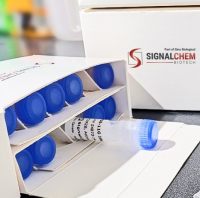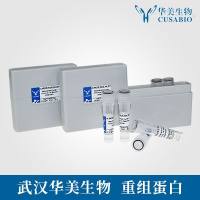In the drug discovery process, the lead candidates must have proper physicochemical properties, in addition to affinity and potency, in order to have a better chance of success in development. Many pharmacologically active compounds fail to become drugs because of poor bioavailability, unacceptable pharmacokinetics, or unexpected safety problems, which sometimes are related to inappropriate physicochemical characteristics. As a result, physicochemical parameters have been incorporated into drug discovery programs, along with other properties, to rank the lead compounds and filter out unsuitable compounds. The pKa , solubility, and lipophilicity are among the most fundamental physicochemical properties of a drug candidate, and their measurements are essential for both in silico and in vitro evaluation of drug-like properties. In this chapter, the authors present some widely used methods for measuring these three parameters . Because of space limitations, only one method is discussed in detail for each parameter, using chlophedianol as an example. The GLpKa method was used for measuring pKa . The solubility in buffer solutions was measured with liquid chromatography-mass spectrometry (LC-MS) on a 96-well plate setting. Finally, a microscale shake-flask method was used to measure partition coefficients of chlophedianol between 1-octanol and buffer solutions.






